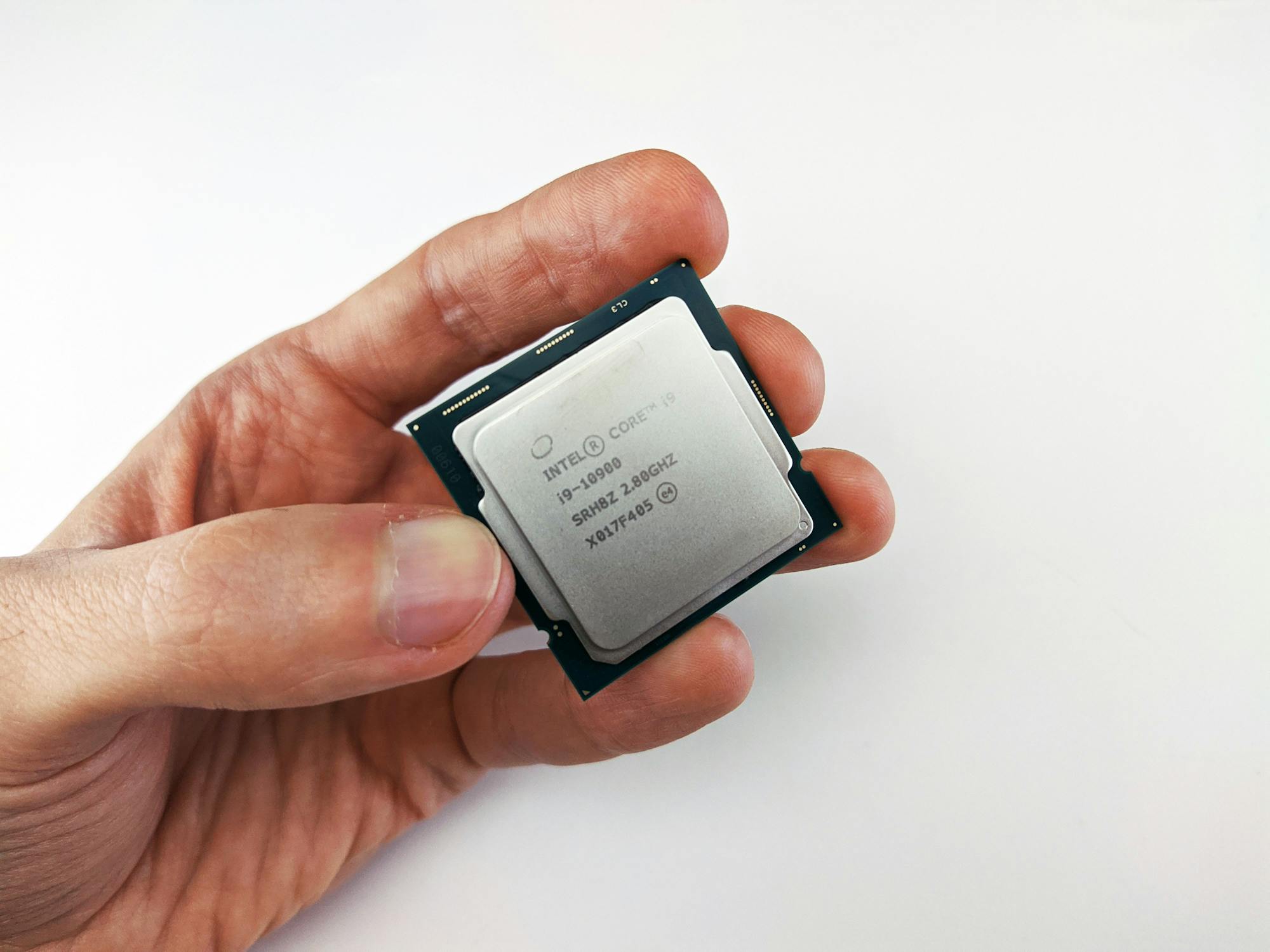Intel Atom successor spotted, an entry-level chip featuring i9-12900K E-cores

Bottom line: Intel’s N95 is an upcoming budget friendly processor that is considered to be the successor to Atom processors. The chip punches above its weight class in Geekbench 5 and performs similarly to mid-range mobile CPUs from just a few years ago. As a result, it is significantly faster compared to any of Intel’s Atom-based CPU architectures, thanks to the use of the Alder Lake-N architecture featuring the same Gracemont efficiency cores found in the Core i9-12900K.
Twitter user @BenchLeaks, shared a new Geekbench 5 listing featuring an upcoming Intel processor called the N95. We believe this chip will be targeting entry-level devices such Chromebooks, lower-cost laptops and tablets, using the Alder Lake-N CPU architecture featuring Gracemont CPU cores. The N95’s Geekbench performance reflects this, with benchmark scores equivalent to Intel’s 6th generation Skylake mobile CPUs from several years ago.
Alder Lake-N is a future Intel CPU architecture designed specifically for budget-friendly systems. The architecture takes advantage of the same Gracemont efficiency cores found in Intel’s hybrid CPU architecture — such as Alder Lake and Raptor Lake — but forgoes the hybrid portion altogether. The architecture relies entirely on Gracemont cores to do all the heavy lifting.
Making a CPU entirely out of efficiency cores (or E-cores) might seem like a bad idea, but Intel’s Gracemont are not as slow as you might think. These cores retain the same performance as Intel’s Skylake CPUs from several years ago, and are both smaller and substantially more efficient. These chips are much faster than any of Intel’s previous low-power designs which were incorporated into its Atom CPUs.
[GB5 CPU] Unknown CPU
CPU: Intel N95 (4C 4T)
Min/Max/Avg: 2130/3129/2692 MHz
CPUID: B06E0 (GenuineIntel)
Scores, vs AMD 5800X
Single: 781, -54.8%
Multi: 1978, -81.6%https://t.co/cXZL3ht3tC— Benchleaks (@BenchLeaks) December 14, 2022
We don’t know the full lineup of Alder Lake-N products, but the core architecture enables up to two quad core clusters to be used on a single SoC, allowing two, four, six and eight core configurations to be created. The N95 in particular is a quad core part which we assume consists of a single Gracemont core cluster, rather than two clusters with two cores disabled. According to Geekbench 5 the chip has a base frequency of 1.7GHz and a max turbo clock of 2.8GHz with a cache configuration featuring 2MB of L2 cache and 6MB of L3 cache.
Another fact worth mentioning, is the N95 and all future budget CPUs will no longer be branded Pentium or Celeron. Intel has reportedly shelved the two names for the foreseeable future, and is replacing them with a simplistic “Intel Processor” nomenclature.
In Geekbench 5, the N95 scores 781 points in the single-core benchmark and 1978 points in the multi-core test. This is about as quick as Intel’s i5-6300HQ quad core Skylake mobile processor from 2015, and matches most of Intel’s more recent dual-core mobile chips in the same benchmark. On the AMD side, the N95 gets close to the desktop Ryzen 3 2200G.
Of course, these benchmark shouldn’t be taken as an absolute as Geekbench 5 is just one synthetic benchmark out of many that can measure CPU performance and it’s not renowned for reflecting real-world performance in general. But, if the N95 can roughly match these older processors in its pre-production state, it will likely become a solid entry-level mobile CPU that might become even better if full production variants arrive with higher clock speeds.






